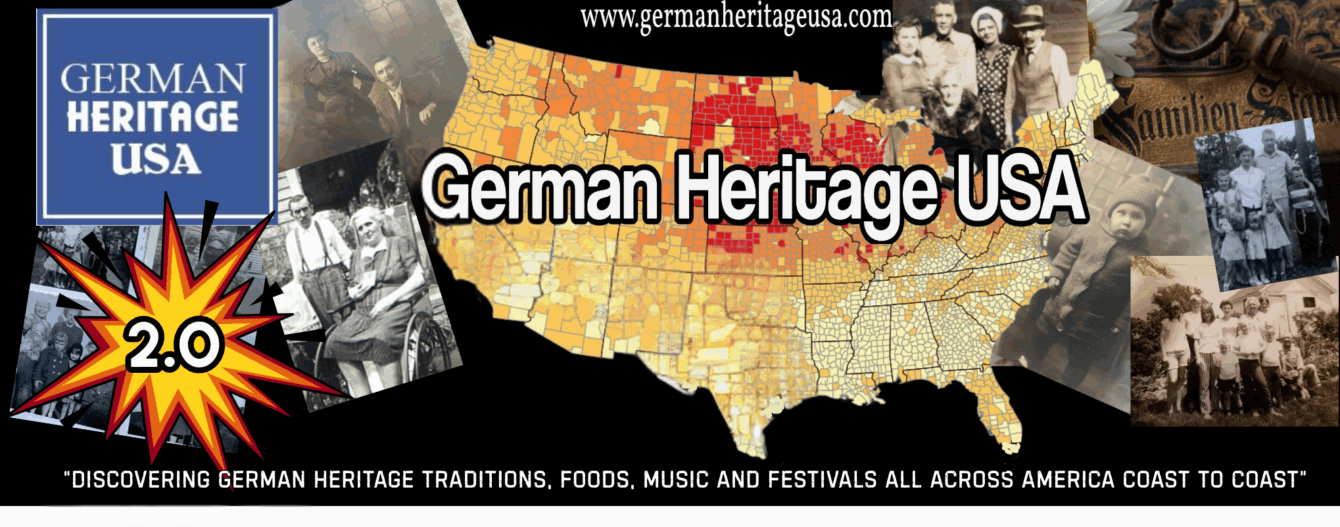A Celebration of Spring’s Delicacy: Unveiling the Asparagus Festival that is Spargelfest
Spring awakens the senses with vibrant colors, blooming flowers, and a bounty of fresh produce. In Germany, the arrival of this season is heralded by a delightful festival – the Spargelfest, or Asparagus Festival.

This regional celebration honors the humble asparagus, a vegetable cherished for its delicate flavor and versatility. From delectable dishes prepared by restaurants to vibrant displays showcasing the harvest of local producers, the Spargelfest is a sensory feast that awakens taste buds and celebrates the bounty of spring.
A Tale of Two Colors: Unveiling White and Green Asparagus
Asparagus, a member of the lily family, boasts two distinct varieties: white and green. Both offer a unique taste and culinary experience.

- White Asparagus (Spargel): This prized springtime delicacy is the star of the Spargelfest. Grown underground and meticulously harvested to prevent sunlight exposure, white asparagus boasts a tender texture, a slightly sweet flavor with subtle earthy notes, and a milder taste compared to its green counterpart. Germany takes immense pride in its white asparagus, with specific regions like Lower Saxony and Baden-Württemberg holding prominent positions as leading producers.
- Green Asparagus: This readily available variety soaks up the sunshine, resulting in its vibrant green color. Green asparagus has a more robust flavor profile, offering a grassy note alongside its sweetness. While not the star of the Spargelfest, green asparagus is a versatile ingredient enjoyed year-round and often features in menus alongside its white cousin.














